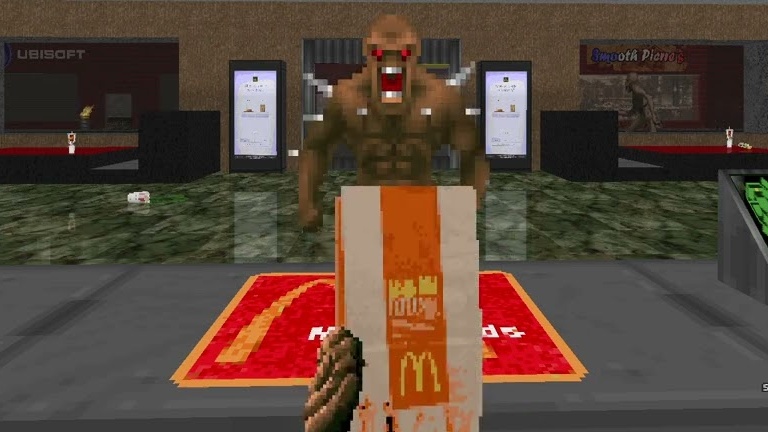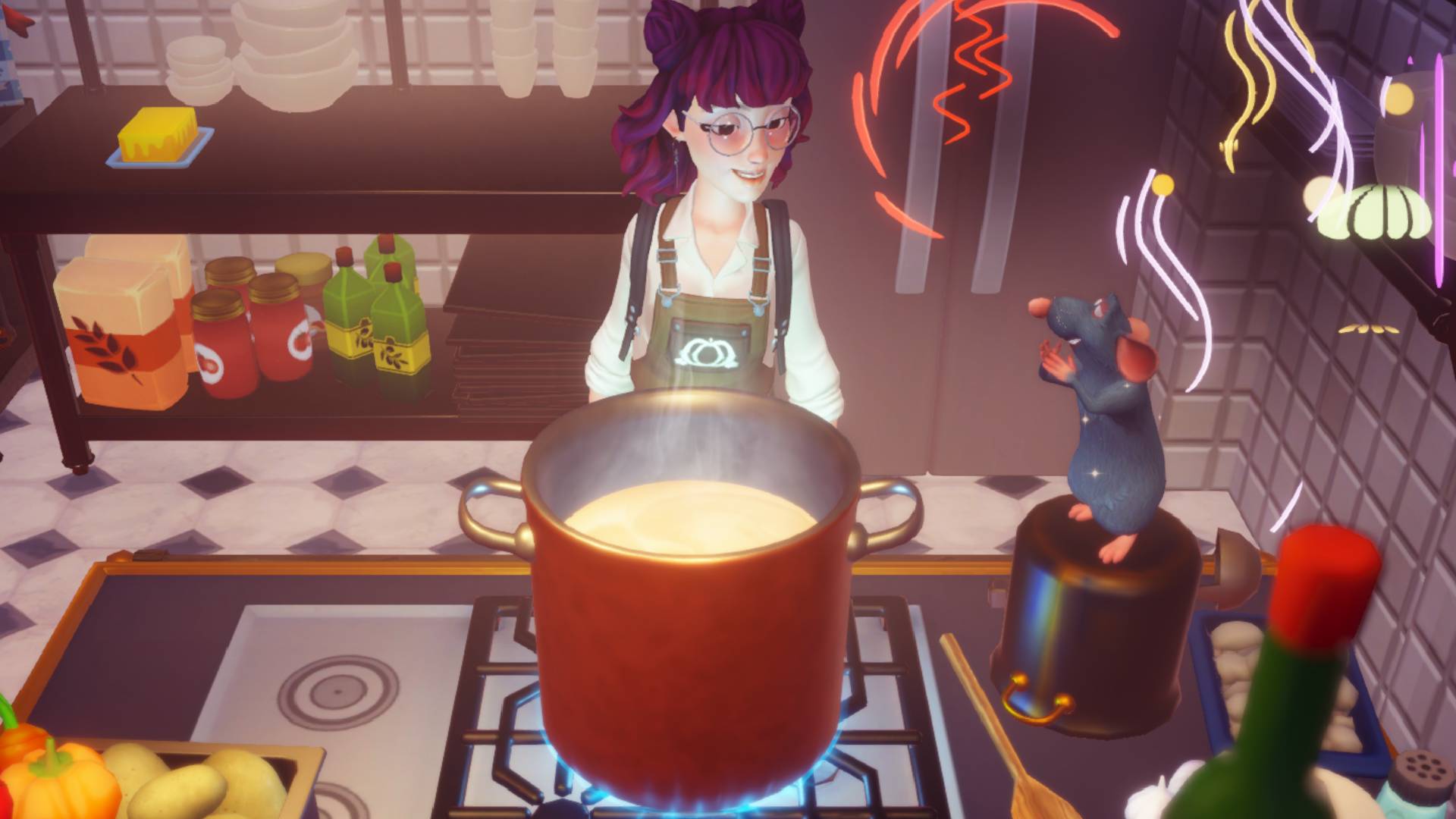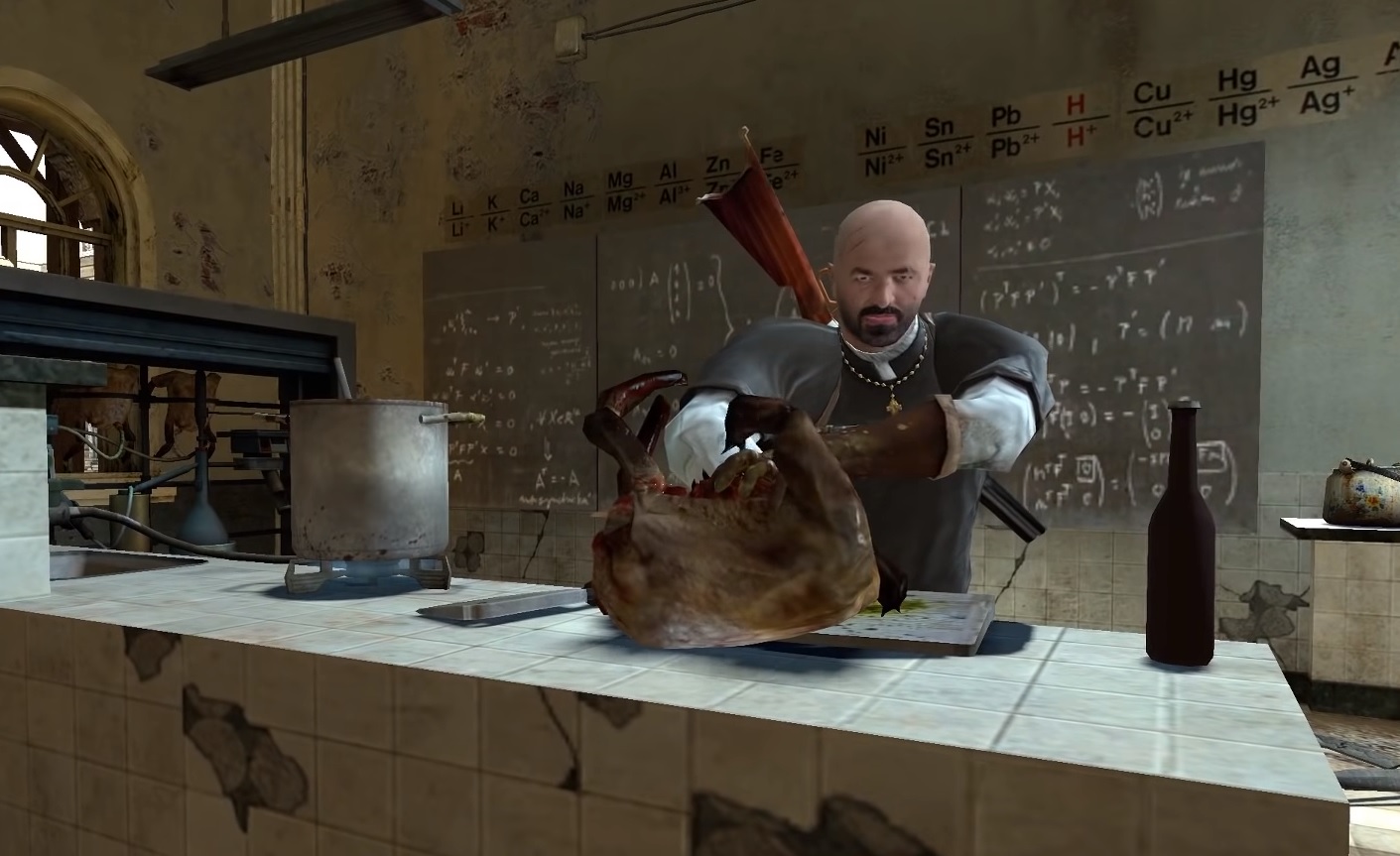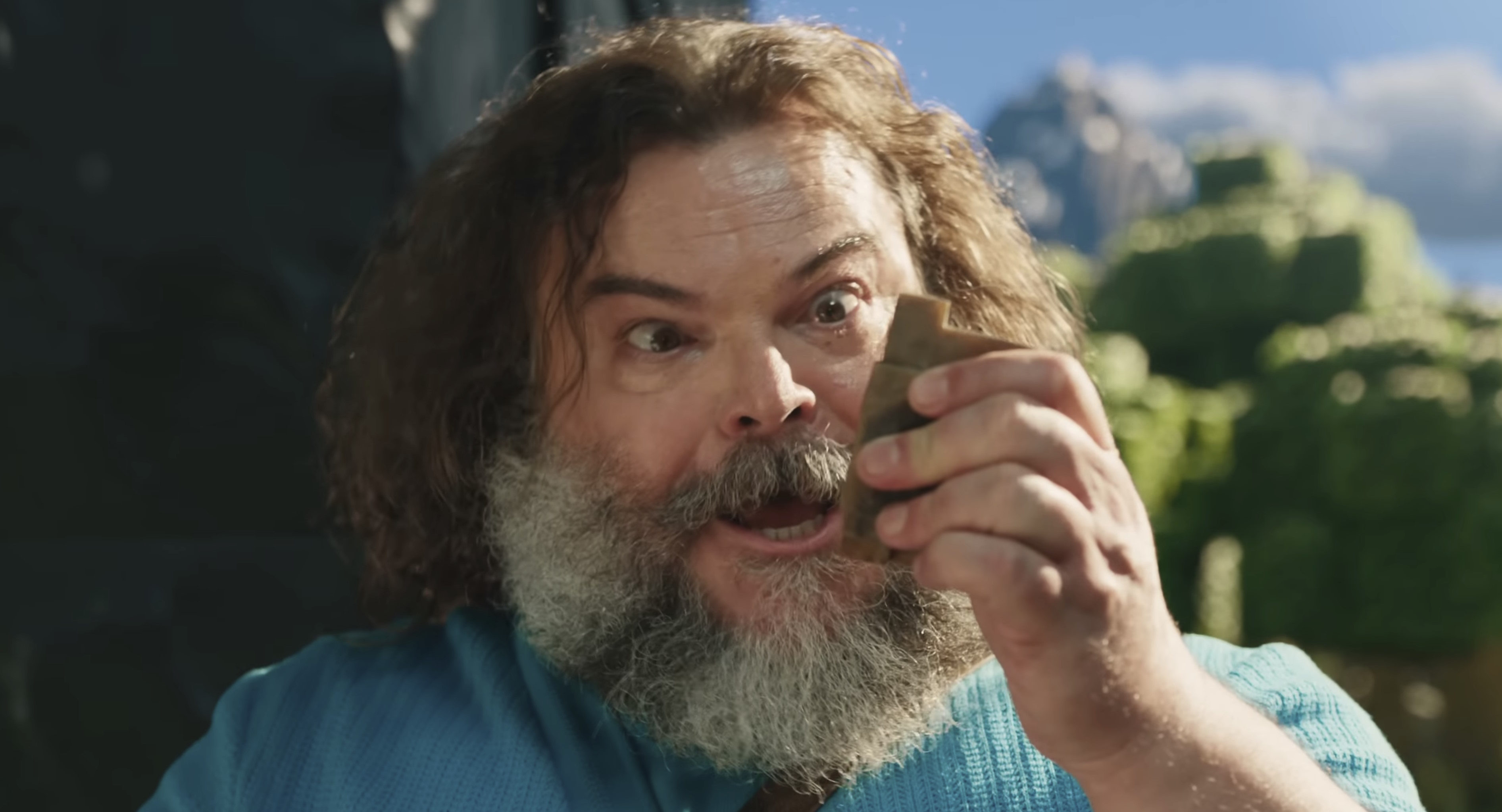
Minecraft is a game that has been taking the world by storm for well over a decade now, yet it feels as though it has been a part of our lives and our gaming histories for as long as we can remember. With the new release of Minecraft Legends, the latest action strategy spinoff from Mojang, it’s worth taking a trip down memory lane to take a look at exactly where this industry-changing saga began. How did this sandbox game become one of the best-selling games of all time?
Who Created Minecraft?
Minecraft was initially created by Markus “Notch” Persson, a Swedish game programmer. Markus Persson had worked for King for over four years until 2009, when he began full-time development on Minecraft. His idea brewed from a game he was developing titled “RubyDung”, an isometric base-building game, and from Markus seeing Infiniminer, a block-based mining game. With the first-person perspective, blocky visuals, and building elements from Infiniminer, and the RPG elements/base building from RubyDung, Minecraft was born.
Markus stayed with the growing team at Mojang (of which he was the founding member) until September 2014, when Microsoft announced a $2.5 billion acquisition deal to purchase the company. From there, he decided to step away from game development.
The lead designer of Minecraft since 2011 has been Jens “Jeb” Bergensten, who had been co-developing Minecraft with Persson since 2010, took the lead designer role in 2011, and assumed full creative control in 2014 upon Persson’s departure.
How Old is Minecraft?
The original version of Minecraft, which is the Java Edition of the game, began development in 2009 with various Alphas and Betas leading through 2010 to the beginning of 2011. The full version, titled “1.0 – Adventure Update” released on November 18th, 2011. This makes Minecraft 14 years old from its initial conception, and 12 years old from its full public release.
A Trip Through Minecraft’s Major Updates
What major milestones have happened since Minecraft began in terms of large content drops that add new items and gameplay mechanics? Let’s take a look at some of the more ground-breaking updates for the game.
2012
The first major update arrived in 2012, with the 1.4 Pretty Scary Update. This update introduced both Wither Skeletons and the Wither boss, alongside Witches, Bats, and Zombie Villagers. It also brought in command blocks, and other useful items like the Anvil, Potatoes, and Carrots. Released in October, this update was thematically perfect for the spooky season!
Immediately following this update came the 1.5 Redstone Update which as the name implies added a slew of redstone-related blocks into the game, including the Hopper, Daylight Sensor, Comparator, and more! The Minecraft Realms subscription service was also introduced in this update, allowing players to create and manage their own private servers in the game for the first time.
2013
In 2013 came the Update that Changed the World, which focused almost entirely on revamping the world generation systems, and introduced 11 new biomes in the process, including the Savanna, Mesa, various Forests, Extreme Hills+, and more! Biomes that already existed in-game also received an overhaul to ensure each felt distinct from one another.
2016
At the beginning of 2016 came the Combat Update. This introduced the off-hand slot so players could dual wield, implemented a cooldown mechanic for attacks, added the Shield item and the Elytra, which enabled flying/gliding within Survival Mode. This update also revamped The End, so that the outer islands of the area were populated by end city structures and the new Shulker mob to defeat.
2017
An update centred around color and player expression, aptly titled the World of Color Update, arrived in 2017. Adding a large number of colored blocks to the game, including Concrete, Terracotta, and dyeable Beds, this version enabled players to brighten up their builds like never before. Parrots also debuted, adding their own flair to the skies.
2018
In 2018 came the Update Aquatic, which totally overhauled the oceans in-game, introducing colorful Coral reefs, mobs like the Turtle, Dolphin, Cod, Salmon, and Pufferfish, and water-based items like the Trident and the Heart of the Sea. Completely changing an aspect of the game long overlooked, the oceans, this update was more than welcome when it arrived.
2019
2019 brought the Village and Pillage Update to players, altering the way villages spawned in-game, and the purposes that they could serve. With up to 14 new stair, slab, and wall variations, each village you stumbled upon could now look visually distinct depending on the biome you found it in. With useful items like Scaffolding, the Campfire, Blast Furnace, Cartography Table, Stonecutter and Grindstone, this update made finding a village even more of a monumental moment than it was before, with each building brimming with new opportunities.
2020
The Nether Update in 2020, as you can probably guess, included an overhaul for the Nether. Introducing new biomes within the Nether as well as the addition of the Netherite items (including a new tool and armor set) gave players all the more reason to delve deep into the underworld, though the additions of the Piglins made this venture even more of a dangerous one.
2021
Caves and Cliffs was a two-part mega update for Minecraft in 2021. The first update, 1.17, introduced the Axolotl, Glow Squid, and Goat mobs, as well as some unique plant life such as the Glow Lichen and the Dripleaf. Heading underground, you could now find Copper Ore and Amethyst Geodes to mine, crafting things like the Lightning Rod and the Spyglass from these new materials.
Part 2 of the Caves and Cliffs update fundamentally altered the way world generation works in-game, adding not only overworld biomes like the Grove and the Meadow, but overhaul of mountains and cave systems. Both were blown up to mega proportions with this update, resulting in huge obstacles when traversing above ground (whilst also creating excellent vistas in the process), as well as unique areas underground like the Lush or Dripstone Cave biomes.
2023
For 2023, the Trails and Tales Update is the next major update set for launch in the near future. An update fully focused on creativity and self-expression, it includes a huge number of vibrant decorative blocks such as Bamboo, the Cherry wood set, Decorated Pots, and a total of 11 sign variants (including the ability to hang signs). Mechanics like archeology are debuting thanks to items like the Brush, which can be used on Suspicious Sand to unearth goodies, Smithing Templates allow you to add trims to your armor for unprecedented personalisation, and unique mobs like the Camel and Sniffer present brand new gameplay opportunities.
The Future of Minecraft?
With Minecraft evolving in so many unexpected and unique ways over the years, there’s no telling where the game will be in 5 years time. All we can expect is that the developers at Mojang as well as Minecraft players around the world will continue to surprise and impress us with their talent and ingenuity, building new memories and friendships for the foreseeable future.
Want to get into Minecraft? See our guide on how to play Minecraft for free as well as our ideas for fun things to build.






